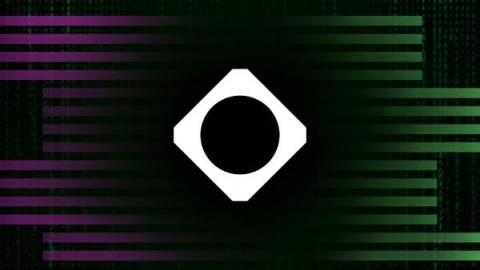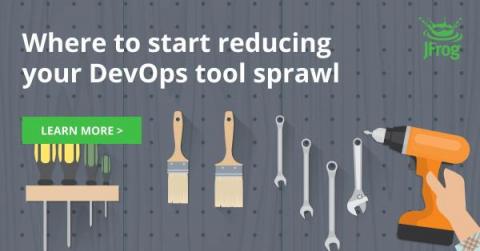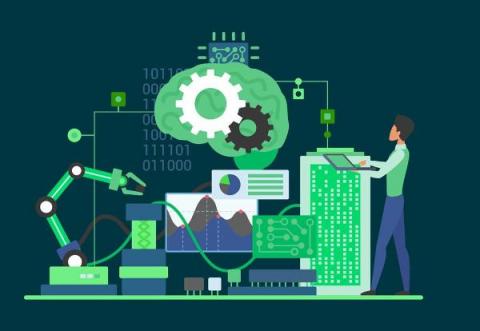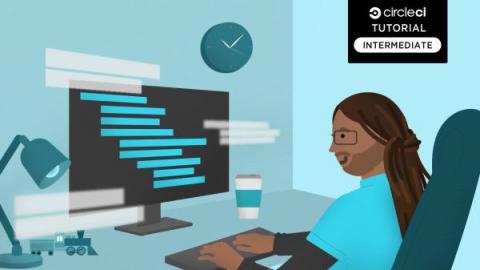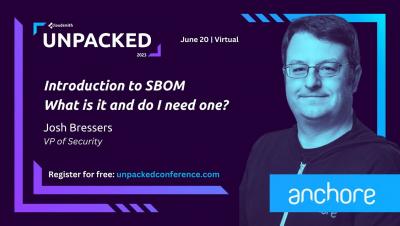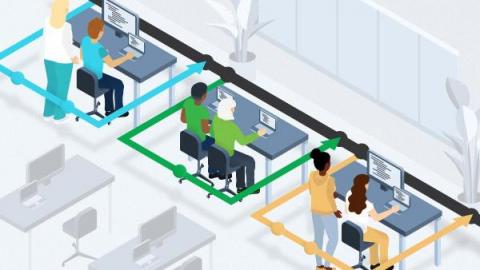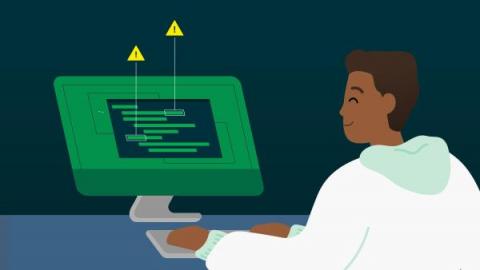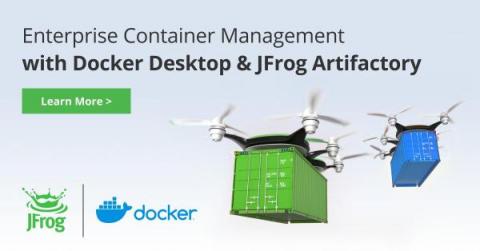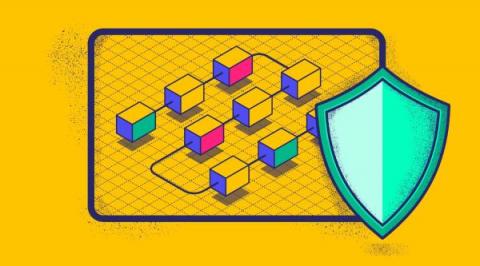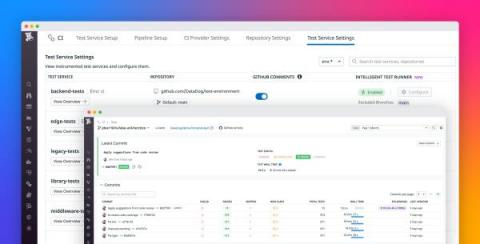ChatGPT: Friend or Foe? Protect your dev team from the Dark Side!
It’s no surprise that AI is rapidly becoming the most powerful tool for developers. The ease of use and accuracy of such tools can even generate code snippets for a website written entirely on a napkin! While the potential of AI is exciting, it is crucial to address the potential vulnerabilities that bad actors can exploit within AI systems.


